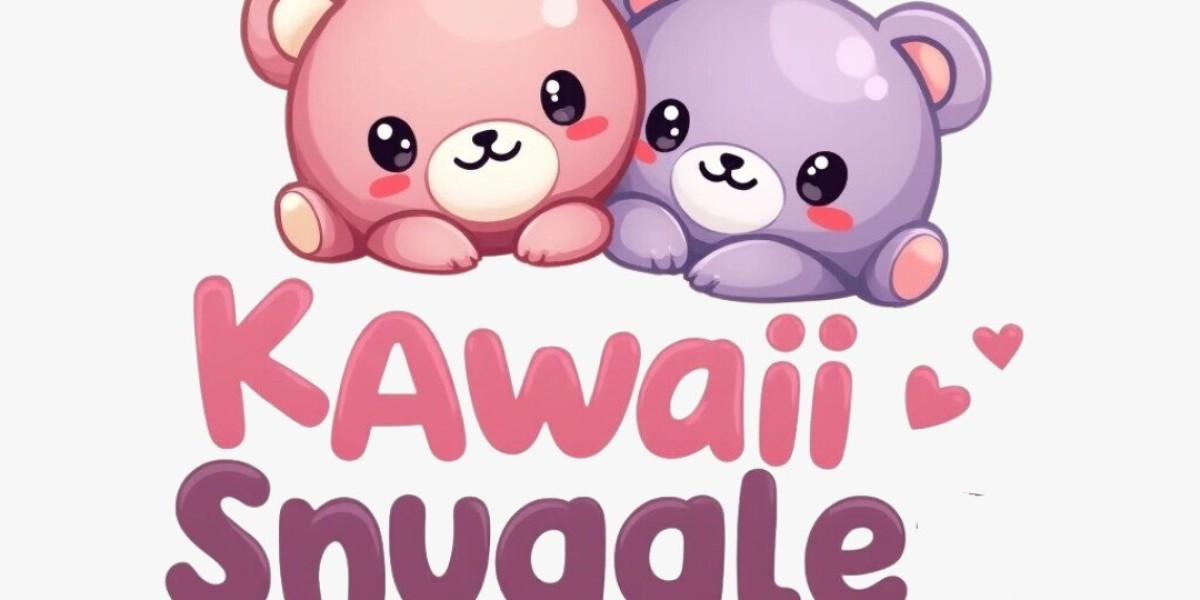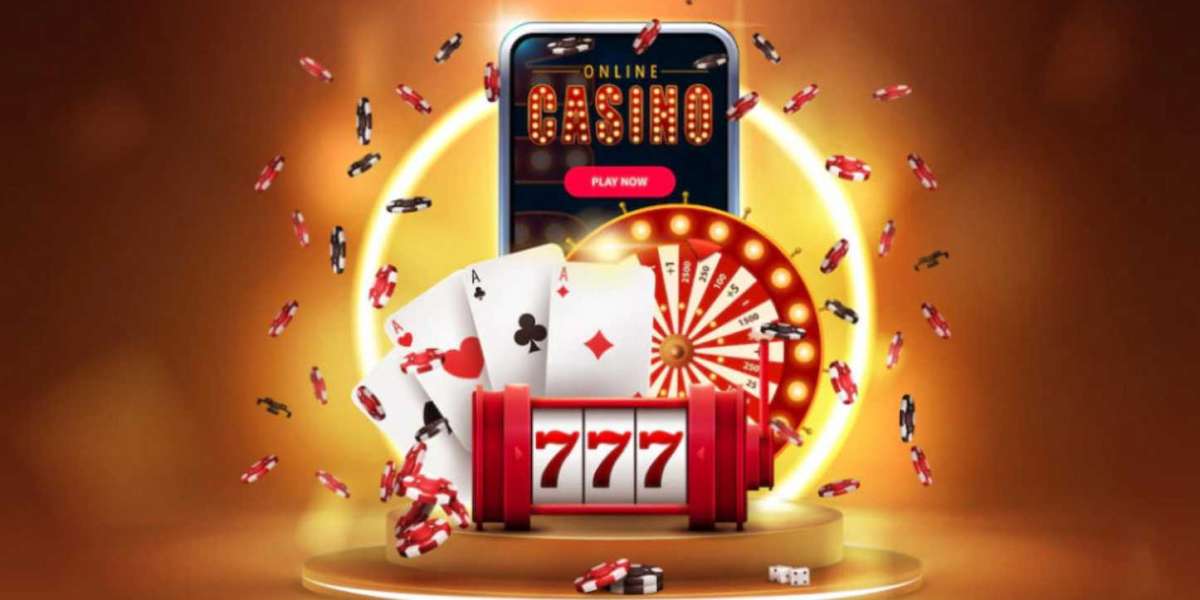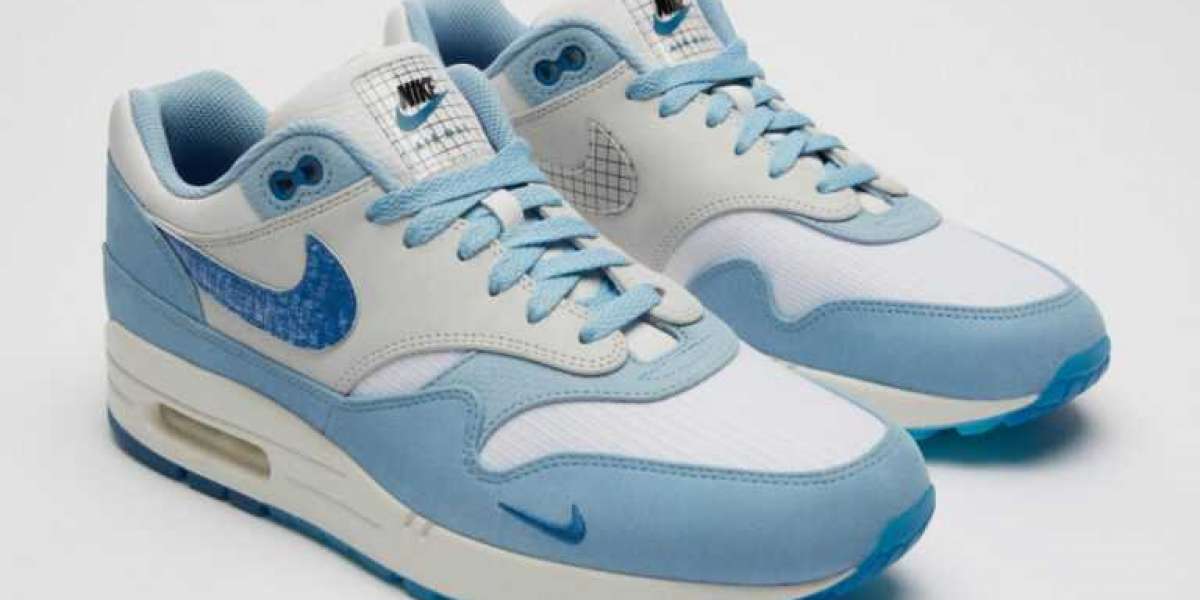When you hear the words stuffed animal plushies and stuffed animals, you might assume they’re the same thing. After all, both refer to soft, cuddly toys that bring joy across ages. But interestingly, there are subtle differences between the two — and understanding them can deepen our appreciation for why we love these timeless companions.
In this article, we explore the difference between stuffed animal plushies and stuffed animals, what makes each special, and why they continue to hold a powerful emotional place in our lives.
What Are Stuffed Animals?
Classic and Universal
Stuffed animals traditionally refer to soft toys designed to look like real or wild animals. Think of teddy bears, lions, elephants, and bunnies. These toys have been beloved for generations, with roots going back to the early 20th century when the teddy bear became a worldwide symbol of comfort.
Key traits of stuffed animals include:
Realistic animal designs like wild animals, pets, or farm creatures
Natural color schemes that match real-life counterparts
Focus on lifelike shapes rather than stylized or cartoonish looks
Stuffed animals often serve as first companions for young children, providing security and a way to explore the natural world through play.
What Are Stuffed Animal Plushies?
Whimsical and Playful
While stuffed animal plushies overlap with stuffed animals, they usually refer to soft toys with a more stylized, whimsical, or artistic design. Plushies often belong to the “kawaii” (cute) style — big eyes, pastel colors, exaggerated features, and imaginative characters.
Common features of stuffed animal plushies include:
Cartoonish or fantasy-inspired designs (think unicorns, dragons, or kawaii faces)
Soft pastel or vibrant colors
Rounded, cuddly shapes designed for maximum cuteness
Plushies cater to both kids and adults, appealing to those who love collecting cute objects, decorating spaces, or embracing playful fashion trends.
Why Do We Love Both?
Emotional Comfort
Whether it’s a stuffed animal or a plushie, soft toys provide a sense of comfort and security. Studies have shown that cuddling a soft object can reduce stress, ease anxiety, and even improve mood.
People often keep their childhood stuffed toys for years, treasuring them as emotional keepsakes. Plushies continue this tradition by adding elements of fun, cuteness, and personality.
Collectibility and Expression
Stuffed animals and plushies are not just for children — they’re part of collectible culture. Many adults collect limited-edition plushies or special stuffed animals from trips, events, or fandoms. These soft companions allow people to express their style, hobbies, and interests.
Stuffed animals reflect a love for nature, wildlife, or tradition.
Stuffed animal plushies reflect a love for whimsy, pop culture, or kawaii aesthetics.
Both forms serve as creative outlets and decorative items, adding warmth and personality to living spaces.
Differences at a Glance
| Feature | Stuffed Animals | Stuffed Animal Plushies |
|---|---|---|
| Design Style | Realistic, nature-inspired | Stylized, cartoonish, kawaii |
| Common Shapes | Bears, dogs, cats, wildlife | Fantasy creatures, cute icons |
| Color Palette | Natural browns, greys, tans | Pastels, bright, playful hues |
| Target Audience | Primarily children, families | Kids, teens, adults, collectors |
| Emotional Role | Comfort, learning, nostalgia | Comfort, fun, self-expression |
Stuffed Animals and Plushies in Today’s World
A Role in Mental Wellness
Both stuffed animals and plushies are now recognized for their mental health benefits. Adults often keep soft toys for comfort, especially during stressful times. Plushies designed as kawaii characters or weighted companions can help ease anxiety or provide emotional grounding.
Popular in Gifting and Decor
Stuffed toys — in all forms — remain popular gift items. Whether it’s a teddy bear for Valentine’s Day or a kawaii plushie for a friend’s birthday, these gifts symbolize affection and care. Many people also use plushies as home or office decor, adding a playful touch to their environments.
Conclusion
While stuffed animals and stuffed animal plushies share similarities, their differences lie in style, design, and emotional appeal. Stuffed animals connect us to nature and tradition, while plushies bring in whimsy, fantasy, and personal expression.
At the heart of both is the universal love for soft companions that bring comfort, joy, and memories — no matter our age. Whether you’re hugging a classic teddy bear or displaying a kawaii plush on your shelf, these soft treasures remind us that warmth and happiness can come in the simplest, softest forms.



